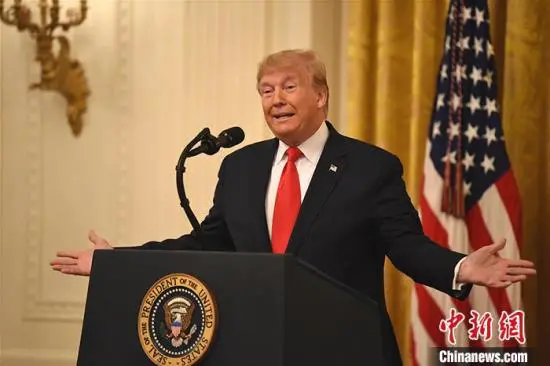China re-launched trade of its treasury bond futures on Friday, 18 years after banning it following a multi-billion-yuan trading scandal.
Three five-year treasury bond futures contracts were traded on the Shanghai-based China Financial Futures Exchange (CFFEX), and closed higher during the first trading day.
The December contract, with a base value set at 94.168 yuan, was the most actively traded and closed almost flat at 94.17 yuan (15.26 U.S. dollars); the March 2014 contract, with a base value of 94.188 yuan, was up 0.11 percent to close at 94.288 yuan; while the June 2014 contract, with a base value of 94.218 yuan, rose 0.13 percent to 94.344 yuan.
The nation introduced treasury bond futures in 1992 on the Shanghai Stock Exchange. The trading was halted in 1995 after Wanguo Securities, then the nation's largest brokerage, conducted illegal trading of a government bond futures contract which led to multi-billion-yuan losses and the bankruptcy of the company.
CFFEX Board Chairman Zhang Shenfeng told Xinhua in an exclusive interview that the re-launch came at a time when institutional investors have greater demand for risk-hedging tools amid more frequent fluctuations of interest rates.
It marked the second financial future product on the CFFEX after the exchange launched stock index futures trading in April 2010.
Zhang said that stock index futures trading has grown mature and stable over the past three years, which will provide good lessons to the treasury futures trading.
China's outstanding treasury bonds stand at around 7 trillion yuan, which ranks second in Asia and sixth worldwide.
Analysts said the reintroduction is part of government efforts to encourage the development of the treasury bond market, offer protection against market volatility and advance interest rate reform.
Xiao Gang, chairman of the China Securities Regulatory Commission, said the re-launch will help the country build a market-oriented pricing mechanism in the financial market, proceed with interest rate liberation reform and diversify risk hedging tools for investors to better serve the real economy.
The resumption of treasury futures trading came at a time when the nation is speeding up financial reforms. China's central bank has removed controls on bank lending rates, allowing financial institutions to decide their own lending rates following commercial principles.
As another important field in China's financial reforms, the globalization of its currency, the yuan, will drive demand for yuan reserves, and this will also require a sound treasury market that can provide a low-risk investment channel to other nations, according to Gao Bei, a researcher on the world economy and politics at the Chinese Academy of Social Sciences.
Treasury futures contracts are agreements to buy or sell treasury bonds at a predetermined price at a stated date in the future. They allow investors to bet on and profit from movements in the value of the bonds.
 简体中文
简体中文

